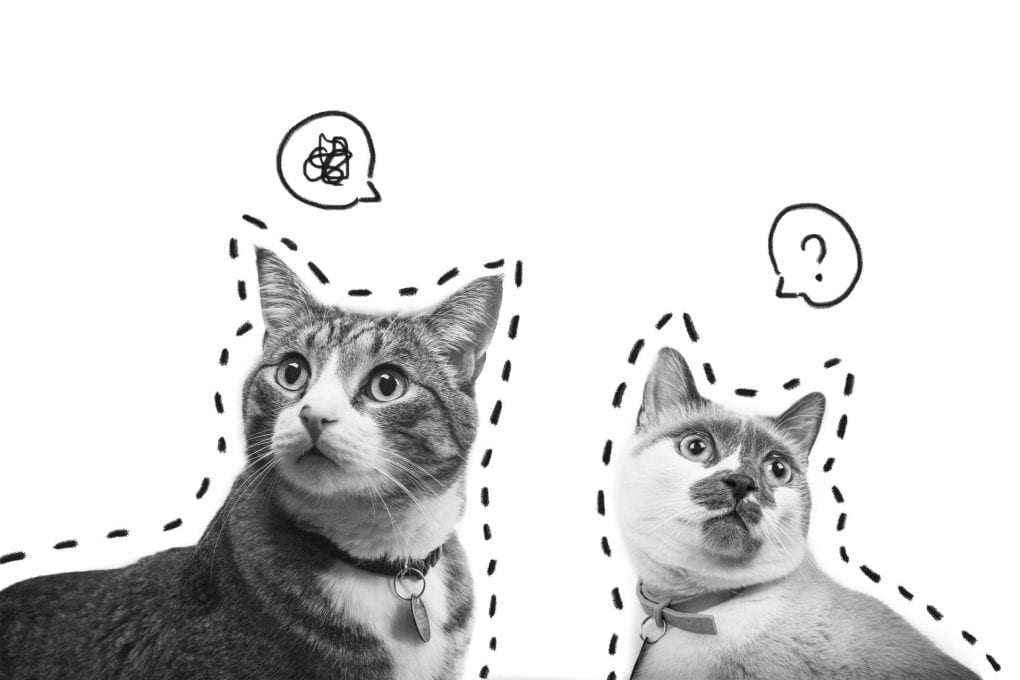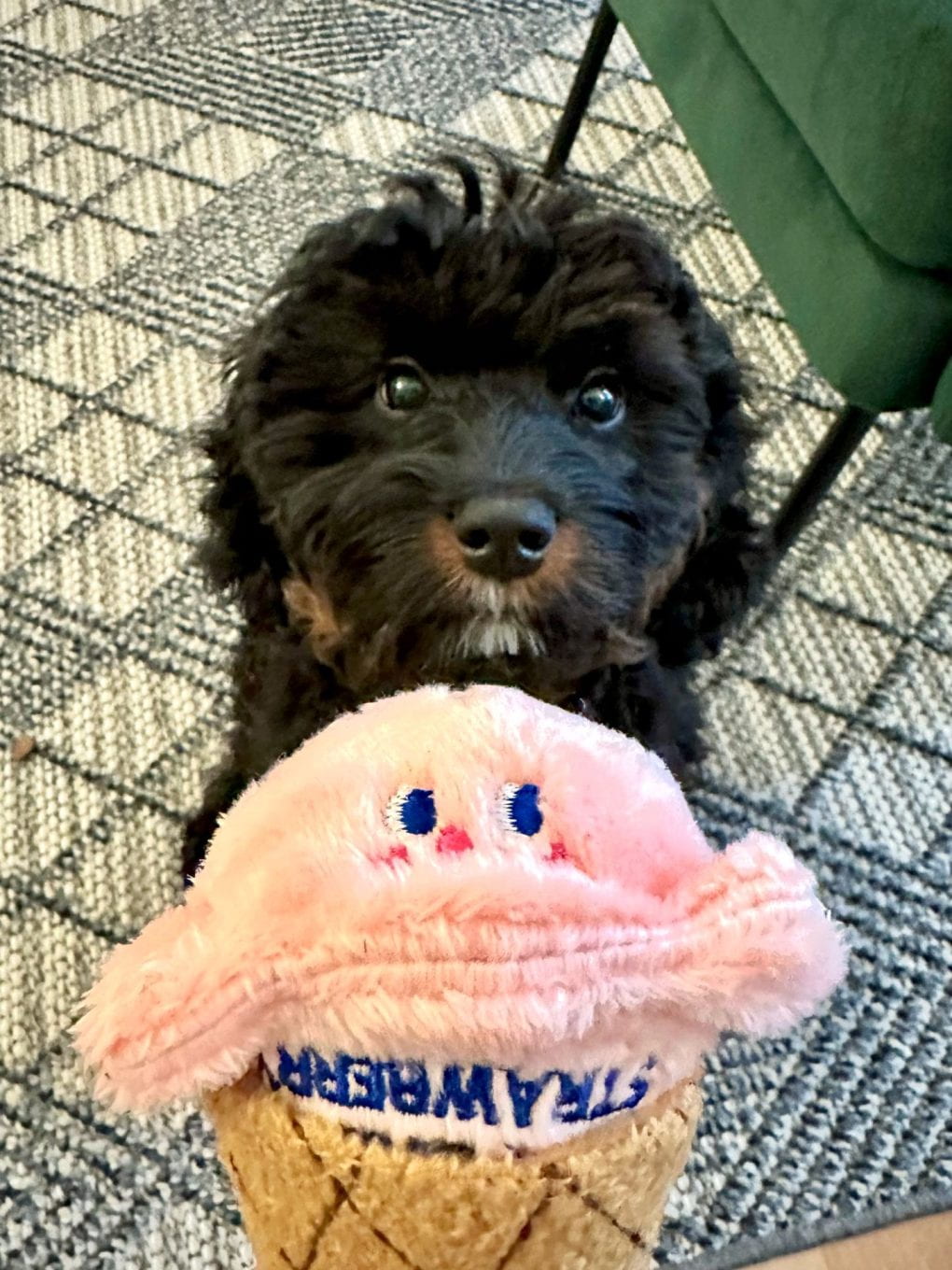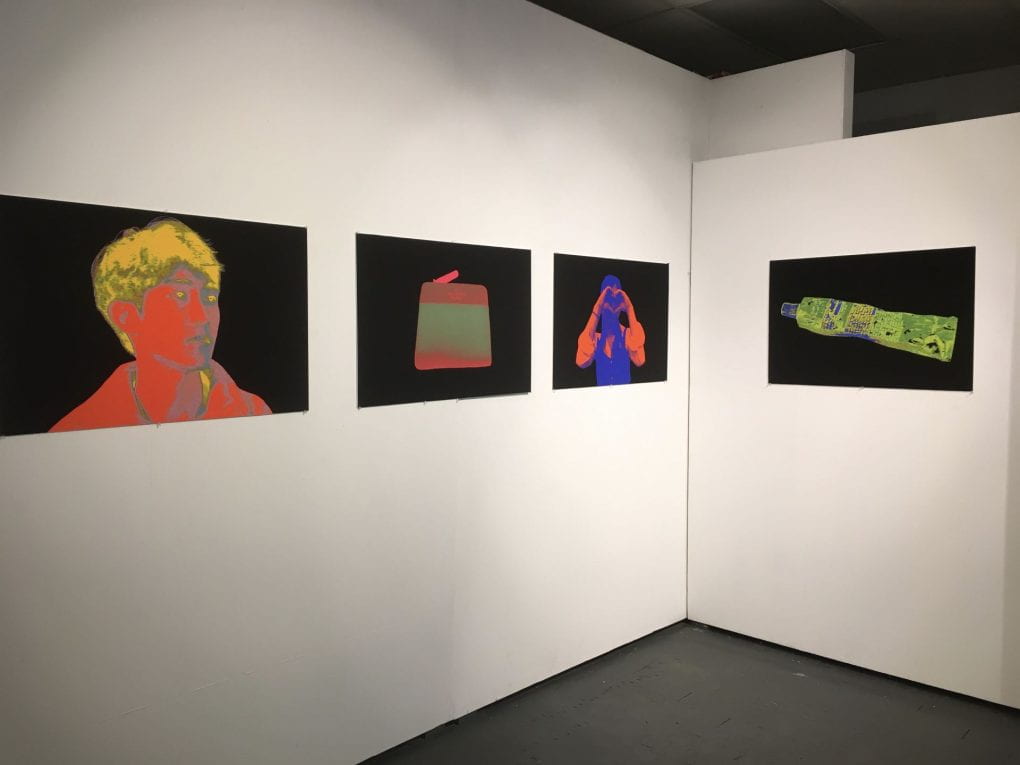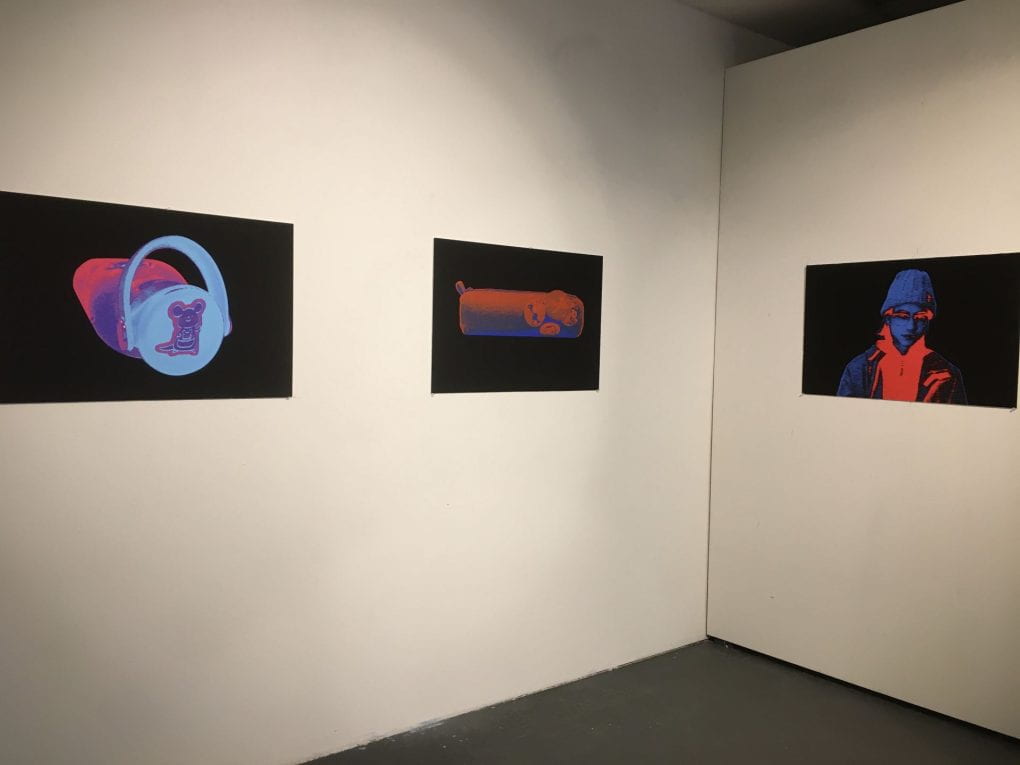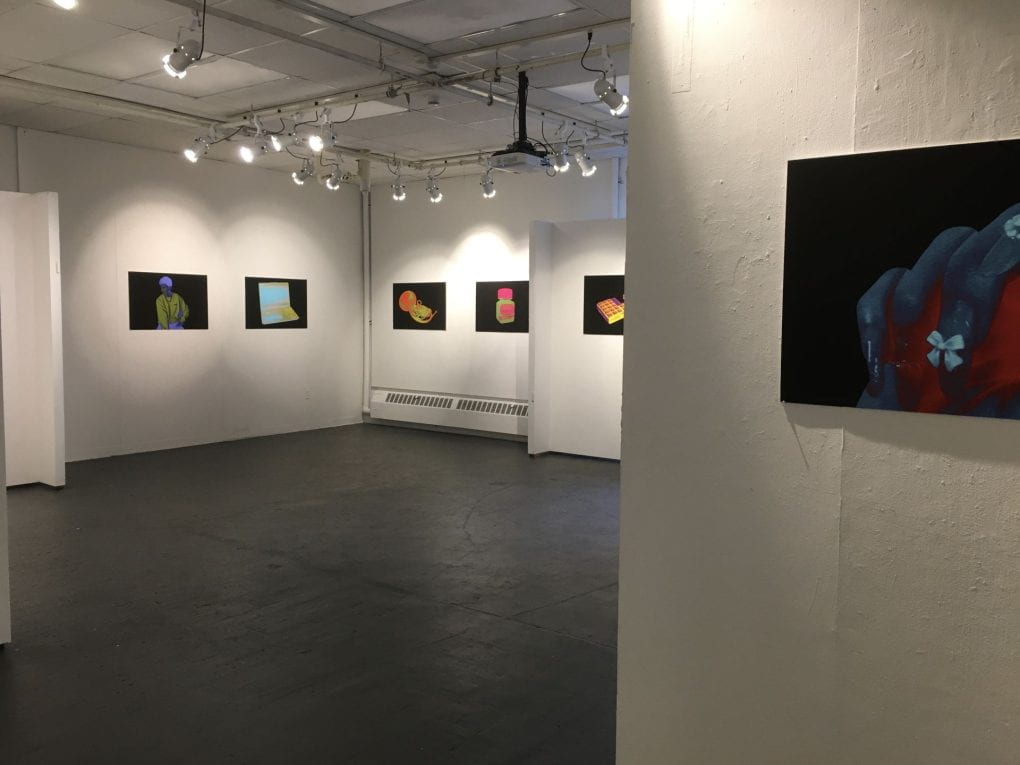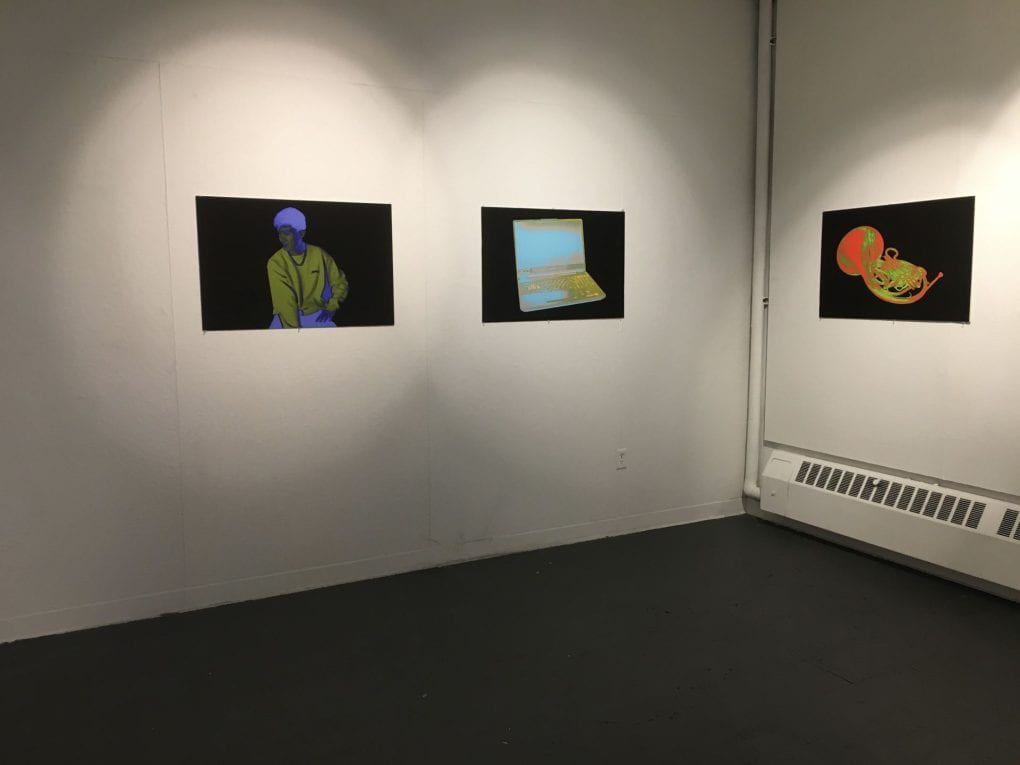May 9 – May 19, 2023
Western B Gallery
Join us at the B gallery to view Yan Wang’s work, where you could even leave comments about your exhibition experience in a set-up Yan has included in the middle of the gallery! Continue reading to learn more about this project in the interview we conducted about her work!

About the Project:
Can I Borrow Some Pixels from You is an art project that seeks to illuminate the experiences
and identities of international students at Western Washington University by documenting their
personal items and portraits. As an international student myself, I have been inspired to explore
and celebrate the unique contributions and perspectives that international students bring to our
campus.
As a double major in Studio art and design, I am heavily influenced by the visual language of
contemporary art and design, especially by artists such as Chiharu Shiota, Miyako Ishiuchi,
Carrie Mae Weems, and Catherine Opie. Their ability to forge a connection with their audience
by invoking a shared sense of humanity has been a guiding principle in the creation of this
exhibition. I am always drawn to the potent storytelling capacity inherent in everyday objects
and portraits, which possess the innate ability to communicate the narratives of their owners.
During the course of this project, I had the opportunity to collaborate with eighteen international
students. Their involvement extended beyond the mere provision of images for the project; it
also encompassed the conversations we shared which are invisible effects landed on the final
prints. Their willingness to share glimpses of their lives has profoundly enriched the artistic
experience, and I am sincerely grateful for their participation and the invaluable perspectives
they have brought to the project.
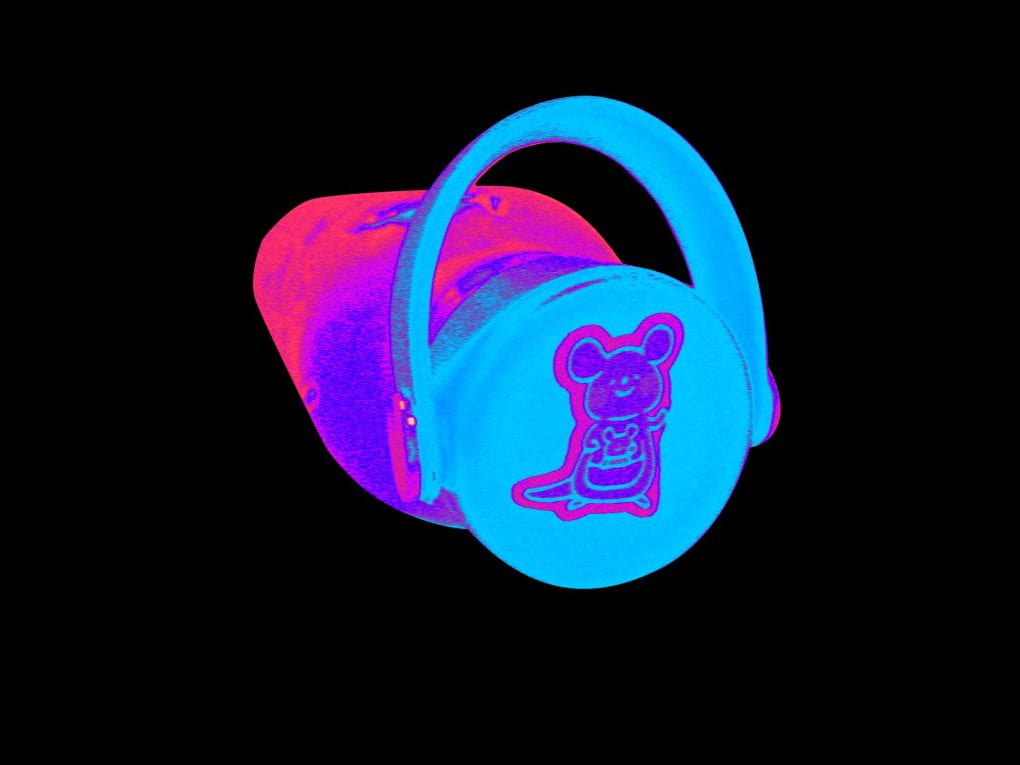

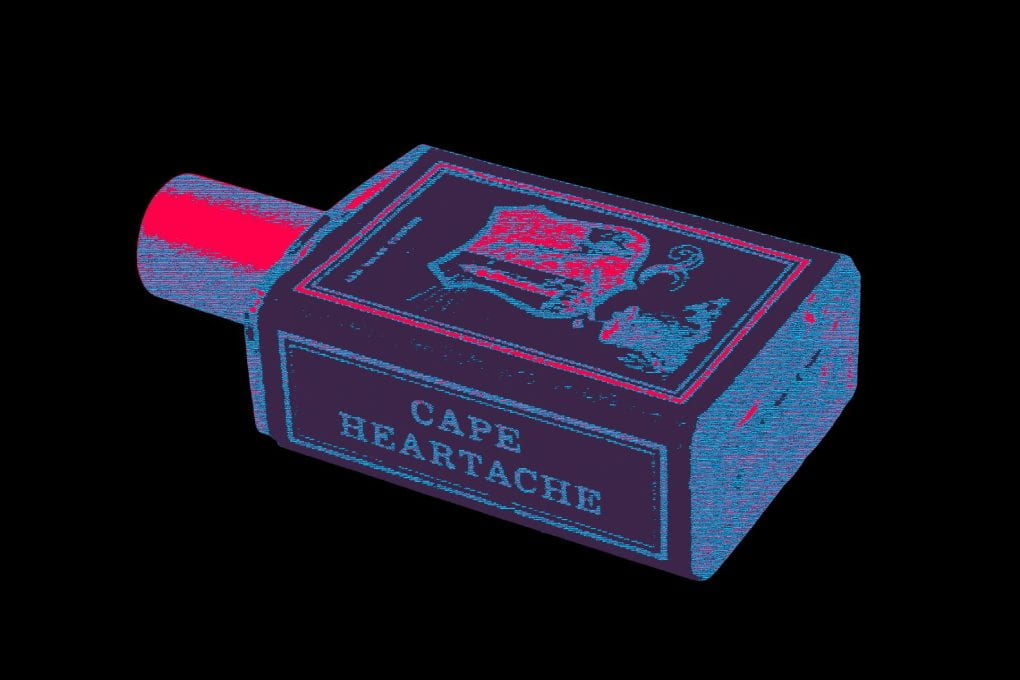
You have a very interesting effect around your images, how did you make this effect? What drew you to this style?
As an interdisciplinary with a background in both Art and Design, I have been fortunate to
explore various techniques and tools throughout my studies at Western Washington University.
During this time, I delved into the realm of digital manipulation and learned to harness the
creative potential of software like Photoshop.
For “Can I borrow some pixels from you,” I utilized Photoshop to generate textures and
manipulate colors. My intention was to construct an imaginative space that would engage the
audience’s thoughts about the objects and individuals they encounter in their daily lives. Rather
than explicitly providing context, I aimed to evoke introspection and contemplation.
By presenting these mundane objects or portraits in an altered manner, I hoped to encourage
viewers to invest time in reflecting upon their own experiences with such subjects. There exists
a deliberate relationship that I strive to establish between the photographs and the viewers
themselves. Through this interaction, I aspire to evoke personal connections and elicit emotional
responses. In addition, my approach seeks to challenge the audience to explore their own
perceptions and interpretations, prompting them to construct their own narratives and forge a
connection with the imagery.
Your works have a unique, unconventional color scheme that defies reality, what was your thought process behind picking the colors for these works?
The color choices in my works were deeply influenced by the interactions and conversations I
had with the international students who collaborated with me on this project. During the
preparation phase, I had the privilege of engaging in discussions and getting to know their
unique stories, experiences, and perspectives. These interactions created a profound impact on
me and evoked a strong sense of emotion.
In an effort to capture the essence of these invaluable moments, I sought colors that went
beyond the boundaries of conventional reality. I wanted to express the vibrant and rich emotions
that emerged from these connections. By defying reality through unconventional color palettes, I
aimed to create a visual language that could convey the depth and intensity of those shared
experiences.



What is the reasoning behind the consistent black background of these works?
The consistent use of a black background in my works serves multiple purposes. Firstly, it
serves as a visual device to detach the mundane objects and people depicted from the real
world. By isolating them against a black backdrop, I aim to encourage viewers to contemplate
the significance and meaning behind these subjects.
Moreover, the black background provides a consistent visual element that unifies the various
objects and portraits within the collection. It acts as a stable and unobtrusive backdrop, allowing
the audience’s attention to be focused solely on the subjects. This creates a sense of visual
harmony and facilitates a smooth and uninterrupted flow of the viewer’s gaze across the
artwork.
By utilizing a consistent black background, I intentionally create a space that invites viewers to
engage with the subjects on a deeper level. It prompts them to forge a connection and construct
their own narratives, unencumbered by external distractions. The black background serves as
both a conceptual and practical tool, enhancing the overall visual impact and guiding the
audience’s interpretation of the artwork.



What drew you to the subject that you’re depicting?
I am drawn to the subjects I depict because they stem from my personal experiences. Being an
international student myself, I have developed a keen interest in exploring the similarities and
differences between my daily life in the United States and my cultural background. This curiosity
has shaped my artistic perspective and led me to focus on documenting objects and portraits
that reflect this aspect of observation. For this collection of work, I seek to bridge the gap
between different cultures and foster a deeper understanding of the shared human experience.
The show is very different from your last year’s show, Murmurs, how have you found your art to have changed in the last year since that show?
“Murmurs” was created during the height of the COVID-19 pandemic, a time marked by fear,
uncertainty, and chaos. The artworks in that show aimed to bring warmth and hope to people
amidst challenging circumstances. During that period, I also explored the use of a digital pinhole
camera, which added a unique element to that show.
In contrast, my current show, “Can I borrow some pixels from you,” represents a shift in focus
toward an exploration of my own identity as an international student. This has always been a
topic of great importance to me, particularly in light of the exponential rise in racism and
dehumanization towards Asians during the pandemic. With a desire to foster connections
between cultures and evoke a shared sense of humanity, this new project took shape



Have you found there to be an overlap with what you’re learning as both as design student and an art studio student? How has this double major influenced your work?
Having a double major in art and design has provided me with a diverse set of skills and tools to
draw upon in my artistic practice. Design education has taught me the importance of
problem-solving, and visual communication. These skills have enhanced my ability to plan and
execute my artistic projects with intention and purpose. I am able to approach my work from a
more strategic standpoint, considering the audience, message, and desired impact.
On the other hand, my art studio education has nurtured my intuitive and expressive side. It has
encouraged me to explore ideas, emotions, and personal narratives without the constraints of
predetermined objectives. This freedom allows me to explore and experiment with various
techniques and mediums, and push the boundaries of artistic expression.
While balancing the two disciplines has been a challenge at times, it has also been immensely
rewarding. I have learned to leverage my design skills to enhance the visual impact and
communication of my artwork. Conversely, my artistic practice has brought a sense of
exploration, experimentation, and emotional depth to my design work.
What were you looking to explore with this exhibition?
I aim to explore and illuminate the experiences and identities of international students at
Western Washington University. Through documenting their personal items and portraits, I seek
to create a visual dialogue that communicates their unique perspectives. Additionally, I am
interested in finding effective ways to engage the audience and convey the intended messages
of the artwork. I hope the exhibition serves as a bridge of understanding and empathy between
cultures, inviting viewers to reflect on cross-cultural experiences.
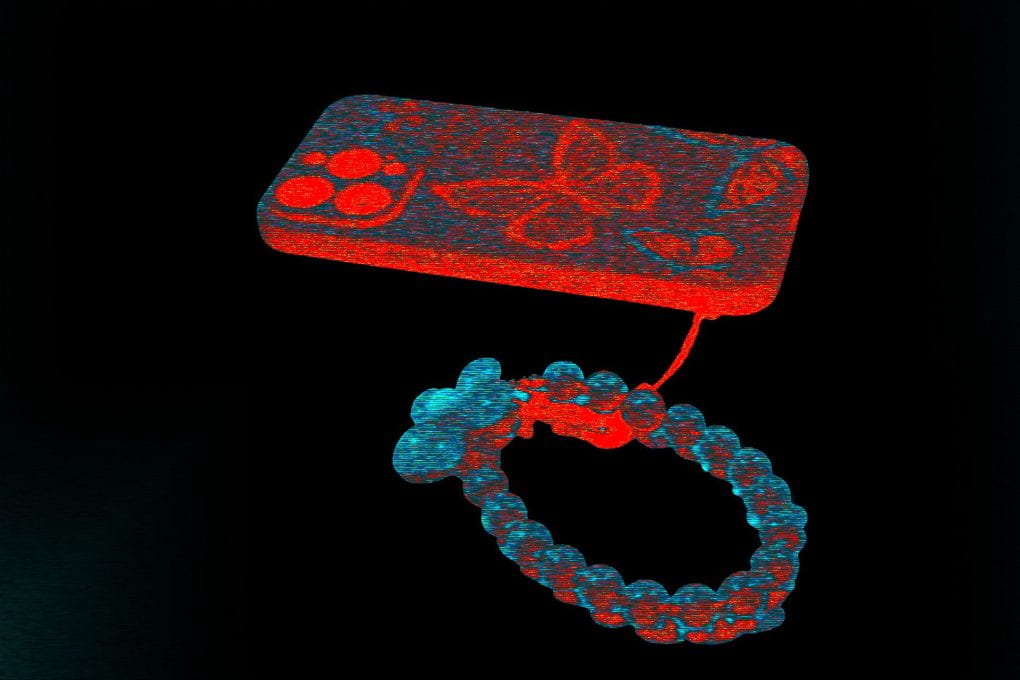

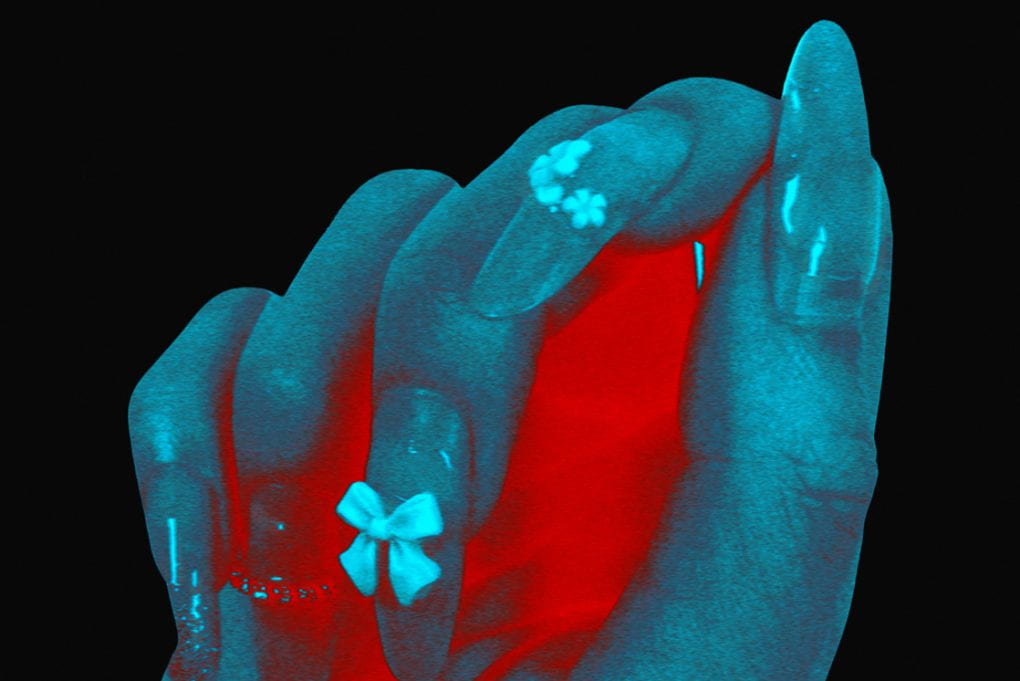
What’s the purpose or goal of your work? Do you think you’ve succeeded in the goals?
The purpose of my work is to bring attention to the experiences and identities of international
students highlighting their stories through the personal items they associate with their time at
Western Washington University. These carefully chosen items, such as water bottles, purses,
and portraits, serve as a reflection of their individual journeys. The ultimate goal is to raise
awareness, foster appreciation, and cultivate a sense of community and belonging for
international students.
I believe I have achieved what I set out to do with this exhibition. Of course, the success of my
goals is subjective and may vary among individuals. However, based on the preparation of the
show and feedback received from professors and peers, I feel that I have accomplished what I
intended with this show.

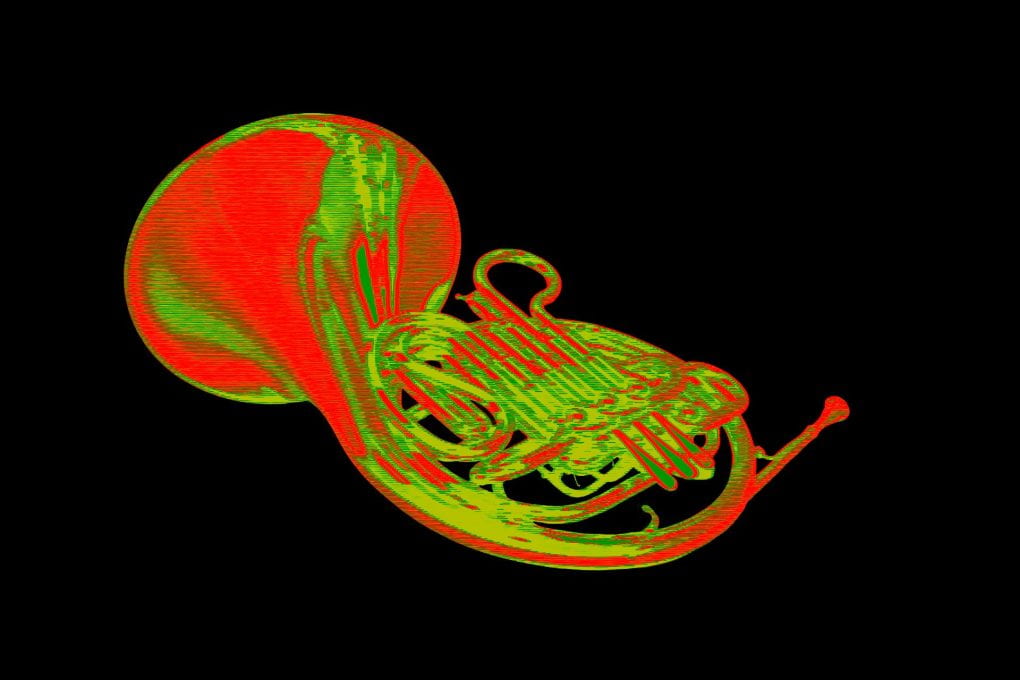

Who or what are your biggest artistic influences? Where do you find inspiration?
Artists such as Chiharu Shiota, Miyako Ishiuchi, Carrie Mae Weems, and Catherine Opie
influence me deeply. These artists have inspired me through their ability to create meaningful
connections with their audience, invoking a shared sense of humanity and deepening our
understanding of the world.
In addition to specific artists, I find inspiration in life itself. I have a curiosity about the things
happening around me and draw from personal experiences to inform my artistic practice.
Everyday observations, interactions, and the diverse stories and narratives I encounter serve as
a wellspring of inspiration.
By exploring the intersections between art and life, I seek to create work that resonates with
viewers on a personal level. The combination of external influences and my own lived
experiences shape my artistic vision and fuel my creative process. Inspiration can be found in
the smallest of moments, the subtle details, and the underlying emotions that make up our
human existence.
What motivates you to create?
What motivates me to create is the desire to foster a sense of shared humanity and connection.
I am driven by the belief that art has the power to transcend boundaries, bridge gaps, and bring
people together.
I’m sure others would love to see your pets (because I know I would), would you like to share some photos of them?
Yes
